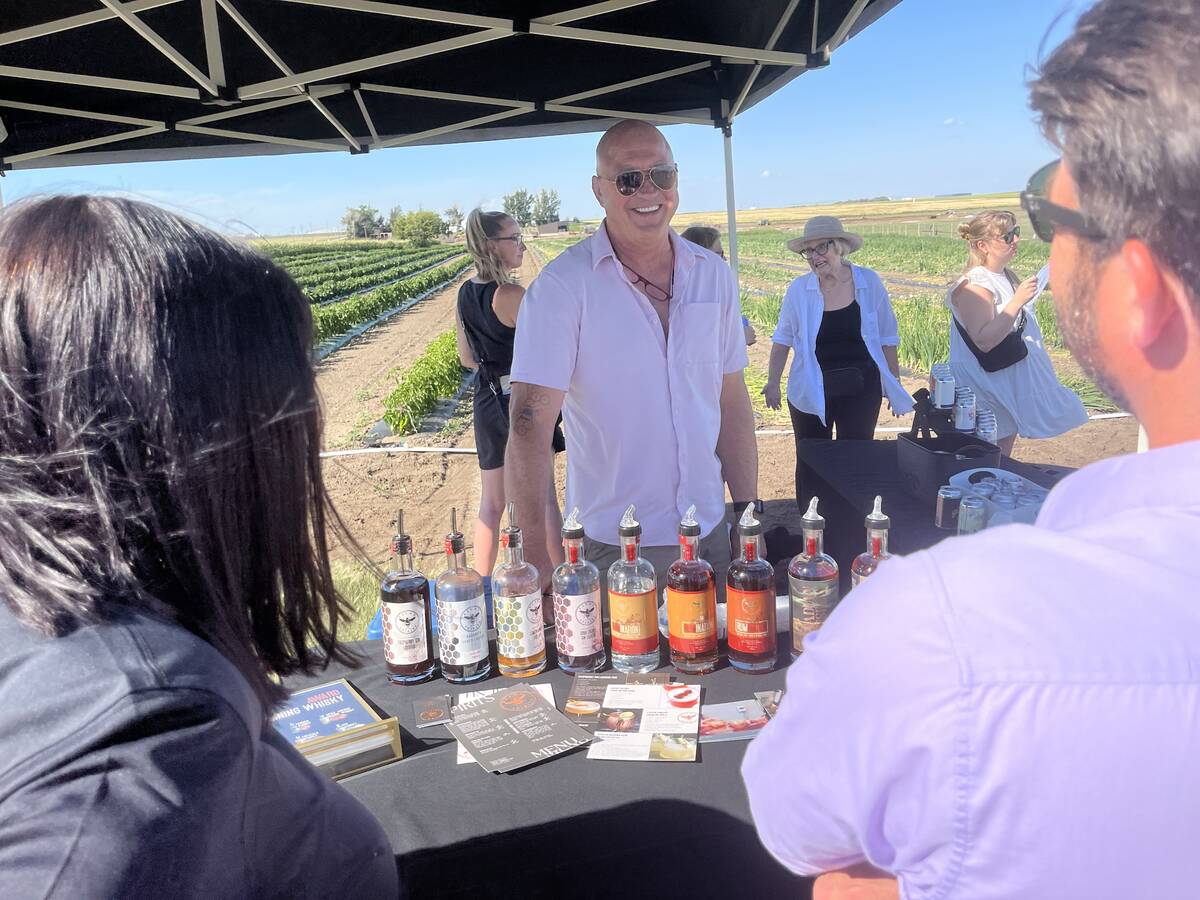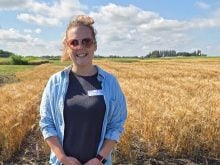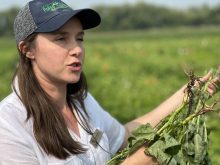The technology that was at the centre of the O.J. Simpson trial could soon fix a long-standing problem with Canada’s grain grading system.
Many say the current kernel visual distinguishability (KVD) system is an outdated and inadequate way of identifying the wide variety of today’s crops.
“It’s at its limit, definitely,” said Graham Worden, technical committee chair of Automated Quality Testing Inc., a non-profit “collaborative undertaking” by the Canadian grain industry that is developing a new DNA-based way to identify and segregate barley and wheat varieties.
Read Also

From farmer to award-winning distiller
Pivot Spirits showcases transition from farmer to distiller with provincial award-winning results in Alberta for Lars Hirch
The technology could pave the way for the registration of new lines and foreign varieties that have failed to make the cut in the past.
Grandin wheat and HY644 are two examples of varieties farmers could be growing today if DNA-based testing was in place. Grandin is a high-yielding American wheat and HY644 is a fusarium-resistant variety developed by Agriculture Canada.
Both of these varieties were refused approval by the Prairie Registration Recommending Committee for Grains because they looked too much like existing classes of wheat that had better milling qualities. The visual inspection used by the KVD system isn’t sophisticated enough to detect the difference in the varieties.
An altogether different dilemma crops up with a variety like AC Navigator, an extra strong durum wheat that can fetch premiums. But it can’t be visually distinguished from other durum lines so the companies paying the premiums must rely on factors such as the farmer’s word.
DNA-based testing would solve these problems and plant breeders say it would give them the flexibility to produce better lines for farmers.
Even with careful selection, the current KVD system is responsible for eliminating more than 10 percent of the lines that breeders produce each year, said Jim Bole, director of Agriculture Canada’s Cereal Research Centre in Winnipeg.
“It adds an extra burden to breeding programs – that not only do they have to have disease resistance and quality and superior agronomics but they must also conform to a specific kernel shape,” said Bole.
“Every additional constraint that we place on breeders means that they’re going to register fewer varieties or the varieties that they register may not excel to the same degree that they would if we had a little more flexibility.”
Worden said the technology could eventually be used to segregate genetically modified crops from non-GM crops.
Bole warns that while DNA testing could be used to separate GM crops, it’s not 100 percent foolproof, which is what some foreign customers are asking for. Until reasonable tolerance levels are established, DNA testing would be no more useful than existing methods of segregation.
The first phase of the DNA project will identify the distinct genetic fingerprint for all registered wheat and barley varieties in Canada. It’s the same technology used by the health sciences field and crime labs to identify a person by looking at the DNA in their blood.
Agriculture Canada and Canadian Grain Commission scientists who have been working on this phase for almost a year think they’ll be able to do that.
“They’re actually as enthusiastic as scientists can be and looking forward to some success on this. They tend to be pretty cautious but they’re pretty excited about the prospects,” said Worden.
The next step will be to marry the science with technology and create a hand-held type of reader that can rapidly identify varieties from samples taken at export terminals and elevators, even on the farm.
Worden hopes the tests will require no more time than what it takes to unload a truckload of grain, but the scientists tell him the initial tests will be lab-based and may require up to two hours.















